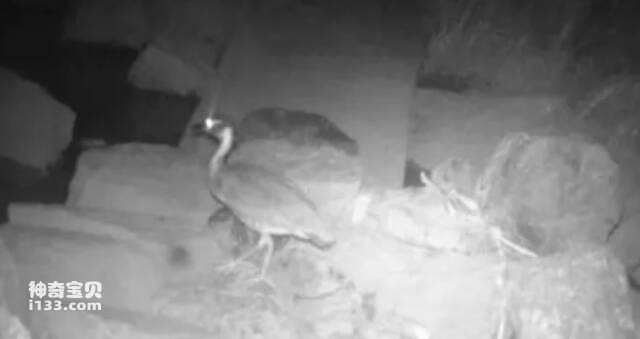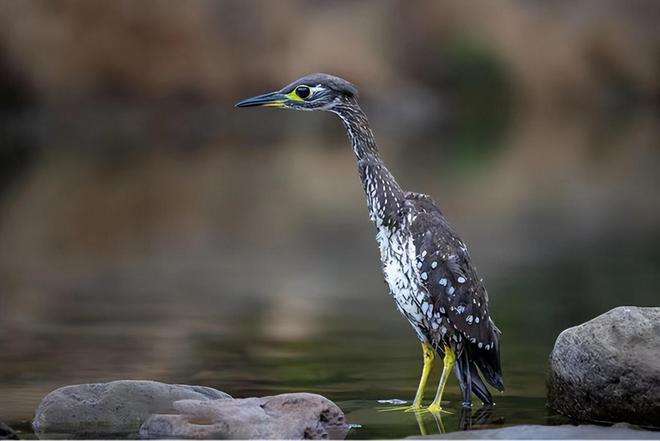According to Xinhuanet, recently in Huizhou, Guangdong, staff from the Huidong County Natural Ecological Protection Promotion Association were collecting and sorting out infrared camera images and discovered that they had captured "the most mysterious bird in the world", the Hainan platypus, in action. Judging from the footage taken at the scene, the bird with big eyes and sharp beak broke into the camera's field of view. After staying for a few seconds, it walked away. After experts confirmed, the bird photographed this time is indeed a national first-level protected animal in Hainan. This bird was first discovered in Hainan, but this is the first time it has been discovered in Huizhou and even in the Guangdong-Hong Kong-Macao Greater Bay Area.

The Hainan jian is a special bird in my country. It is a resident bird in Hainan and a summer migrant or traveling bird in Guangdong, Guangxi, Fujian, Zhejiang and Anhui. The number in the wild is only about 1,000, which is even rarer than the giant panda. Therefore, it is listed as one of the 30 most endangered birds in the world. Due to its diurnal and nocturnal habits, its dislike of living in groups, and its dislike of singing, it is rarely observed, so it is also known as "the most mysterious bird in the world."

The Hainan plaice is similar in body shape and size to a heron, and is a medium-sized wading bird. The female bird is smaller and has the same number of tail feathers as herons, 12. However, its body shape is fat and stubby, and its neck and legs are shorter than its feet. Its appearance is obviously different from that of typical herons, with its eyes first and the lower part of its shins exposed. The neck is also contracted when standing and flying, but not as obvious as herons. The black bill is thicker and shorter, and the base of the mouth and eyes are green first. The forehead, top of the head, sides of the head, pillow and long crown feathers are all black. There is a white stripe behind the eyes extending back to the crown above the ear feathers. The ear feathers below the white stripe are black, and there is a white spot under the eyes.
The feathers on the upper body are dark brown, the flight feathers are slate gray with a green metallic luster, and the coverts on the wings are dark brown with a few white spots. The chin, throat and front neck are white, with a black line in the center leading straight to the lower throat. There are brown-red markings on both sides of the neck. The center of the lower part of the front neck is dark reddish brown, with black on both sides. The rest of the lower body is white. White, with gray maroon markings on the chest and sides. The feathers on the armpits are grape brown with a white central stripe. The iris is yellow and the legs are green-black.
The reason why this bird is rarely recorded is that it was first photographed by humans in the 1960s, and then disappeared without a trace for decades. It was not until the 1990s that it was captured by an infrared camera again. This time it was observed again. The figure is indeed very unexpected and surprising.
animal tags:
We created this article in conjunction with AI technology, then made sure it was fact-checked and edited by a Animals Top editor.